After arrival at the Hosea Kutako International Airport you will be met by a representative of Roncook Safaris who will assist you in collecting your separately booked vehicle, discuss your itinerary with you and answer any questions you may have. Proceed to Windhoek and your overnight destination. The remainder of the day is spent at leisure.
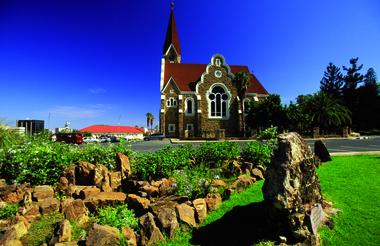
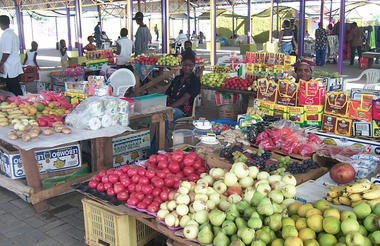
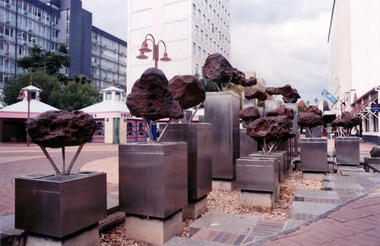
Afternoon
Today you drive via Rehoboth to the Kalahari. En-route you have the opportunity to visit the Rehoboth Museum. The remainder of the afternoon can be spent at leisure or taking part in an optional activity.
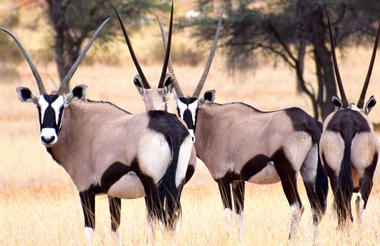
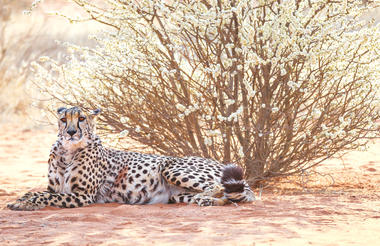

Departing the lodge, you travel south through rocky plains. You have the opportunity to visit the unique Quiver Tree forests nestled amongst huge dolerite boulders, some stacked in such a mysterious way that it seems impossible that they were formed by natural forces. You can also visit the Mesosaurus Park, probably one of the most convincing examples to prove the drifting of continents.



Today you have the opportunities to view the Fish River Canyon, one of the largest canyons in the world; think of it as the Grand Canyon of Southern Africa and you're not far off (apart from the fact that it is much smaller). It's situated on the lower parts of the Fish River near the southern border of Namibia. Not only is it visually spectacular, but it also obliges with one or two non visual extremes. Temperatures in the (African) summer can reach some 50° Centigrade, resulting in the canyon being closed to the public during that time.



A leisurelydrive will take us to Aus. We will visit the former concentrations camp of the German Schutztruppe, where some traces of historical ‘”left-over’s” can still be seen, like Clay bricks of former huts and rust-like objects.



Today’s journey takes you to the Sossusvlei Region. En-route you have the opportunity to visit the Duwisib Castle (entrance fees not included) near Maltahöhe. The Duwisib castle is a solid rectangular structure of red sandstone with battlements and turrets on its corners. Build by the legendary Baron von Wolf for his American wife Jayata, the castle was completed in 1909. From the Duwisib Castle proceed to your overnight destination situated near Sossusvlei.


Morning
This morning a very early wake-up is required. Just before sunrise head into the dune fields of Sossusvlei. A short distance from the lodge enter the park at the Sesriem gate.
Sossusvlei – meaning “the gathering place of the water” – is a striking white pan surrounded by Camel-Thorn trees and the towering orange dunes of the Namib. Here the waters of the Tsauchab River are blocked from reaching the ocean by a formidable wall of dunes, stretching sixty kilometres to the sea.
After your visit to Sossusvlei you can visit the Sesriem Canyon. Please do not go too close to the edge as there is loose gravel that is easy to slip on. The canyon is 30 metres deep and approximately one kilometre long. The name derives from the time when early pioneers needed to tie six (ses in Afrikaans) leather ox thongs (rieme) together to draw water from the bottom of the canyon. Today there is a path that leads down into the canyon. After your visit proceed onto Solitaire where you will overnight.
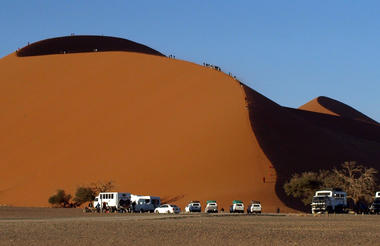
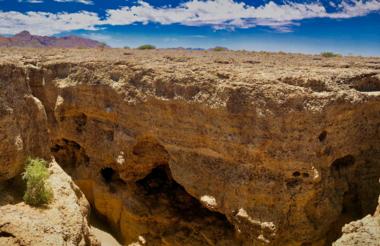
This morning after you have enjoyed a marvellous breakfast at the hotel, depart Sossusvlei and continue via the Namib Naukluft Park and Walvis Bay to Swakopmund.
The Welwitschia Drive route is marked with stone beacons and offers a close look at the Welwitschia mirabilis, a botanical curiosity endemic to the Namib Desert and a most intriguing plant. Sprawling untidily on the desert plains, the Welwitschia is believed to have a life span of up to 2000 years. The plant produces only two leaves throughout its lifetime. The desert winds tear at the fibrous, evergreen blades, shredding them into strips, which curl into snake-like thongs, leaving the tips withered and dry.
The remainder of the afternoon can be spent discovering the many delights that Swakopmund and the coast has to offer.
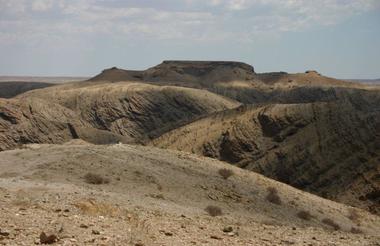
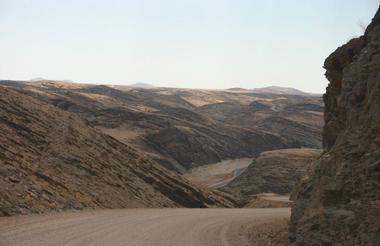
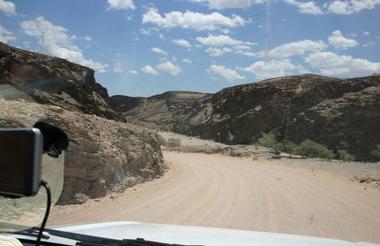
Morning
Morning
Morning
Today is at leisure to explore the town or take part in the many activities on offer.
Afternoon
Morning
Morning
Afternoon
Afternoon
Travel via Henties Bay to Cape Cross, where the first Europeans landed in 1486 when Diego Cao erected a two-meter-high cross. In 1893 the cross was however removed and sent to Germany. Now Cape Cross is more commonly known as a Cape Fur Seal breeding colony. Continue inland via the old mining town of Uis onto the Brandberg Mountain, Namibia’s highest Mountain. En-route to your overnight destination you can visit the Petrified Forest.
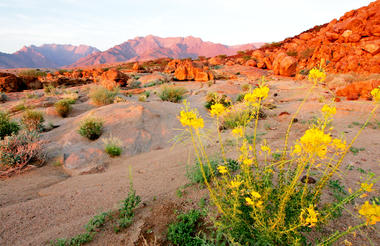
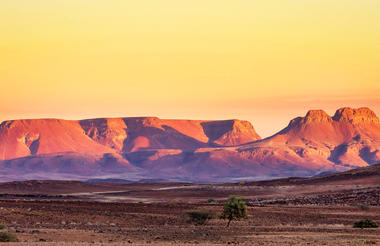
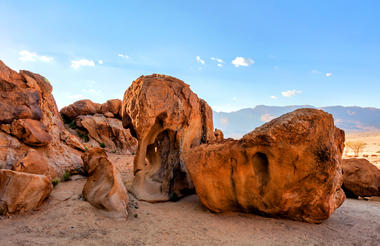
Morning
Morning
Afternoon
Afternoon
Afternoon
After a leisurely breakfast you will continue our drive to Opuwo.
The Kaokoveld, Kunene Region: A land vast and uninhabited, a wilderness in its own right where pockets of wildlife roam freely. This is also home to Namibia's last remaining nomadic tribe, the Ovahimba. Dictated by seasonal rainfall and constantly in search of new grazing for their cattle, the Himba remain nomadic and primitive. Their unique lifestyle and adaptability to survive the harsh Kaokoland environment has earned them their ethnic individuality.
The traditional Himba still prefer living the way their forebears hundreds of years before the colonial era or the appearance of westerners. Himba villages close to Opuwa town are accustomed to visitors wanting to learn and experience more about their culture and lifestyle. As part of our responsible tourism community programme, we at Opuwo Country Hotel have a standing arrangement with certain Himba villages to include them in our activity programmes. Our Himba guides escort guest and translate while guest photograph and inter act with the villagers.
Opuwo, meaning "finished" or "up to here and no further" Opuwo is the gateway to the Kaokoveld, the small town is the administrative hub of the Kunene Region. It has a few shops, filling station, school and houses. The airfield in town is managed by Opuwo Country Hotel and offers refueling and a transfer services to and from the Hotel. Opuwo Country Hotel is situated on a hilltop just outside of town providing luxury and standard accommodation with air conditioning, swimming pool, bar and restaurant, and camping sites, your ideal base from where to explore Kaokoland.
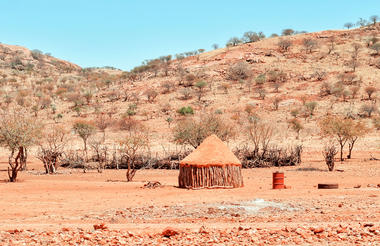
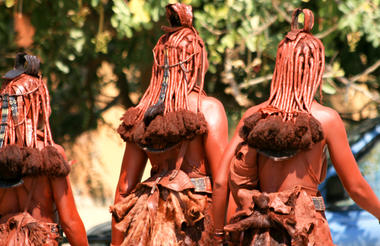
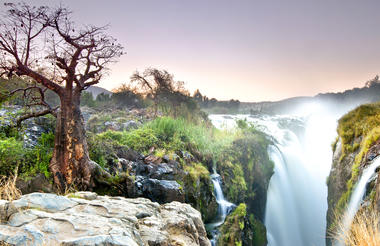
Today you can book a Himba excursion with the lodge or contact us to arrange a guide for you.
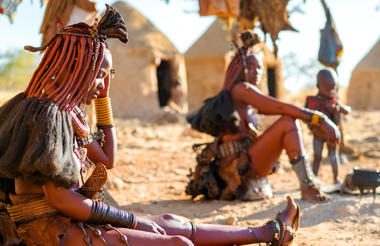
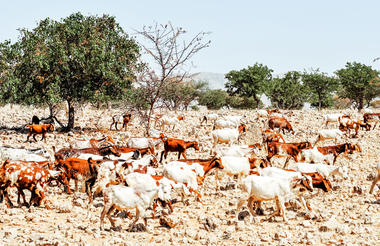
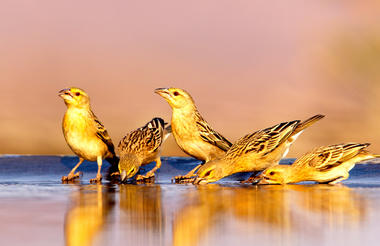
Today you travel to Namibia’s premier national park – Etosha. Dependant on time of arrival you may wish to undertake an afternoon game drive into the Etosha National Park.
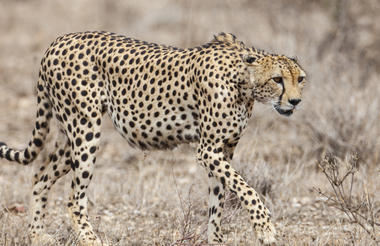
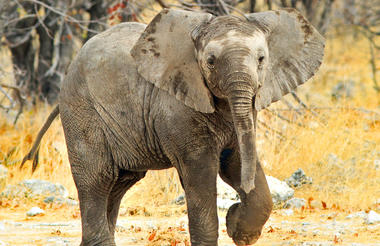
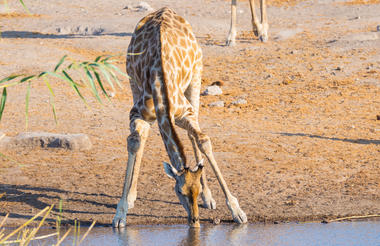
The day can be spent game viewing in the national park. There are many waterholes which offer great sight seeing opportunities.
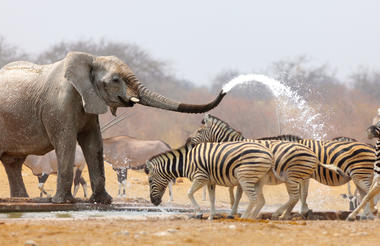
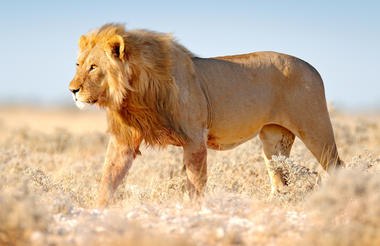
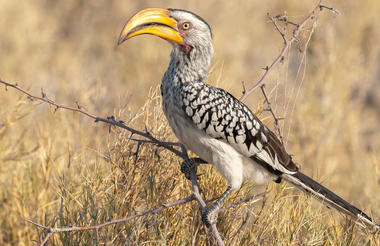
Make your way via Outjo and Otjiwarongo to your overnight destination in the Waterberg Camp. The plateau is largely inaccessible and several of Namibia's endangered species (such as black & white rhino, sable antelope and blue wildebeest) were soon translocated here to protect them from predators and poaching. The programme was very successful and Waterberg now supplies other Namibian parks with rare animals.
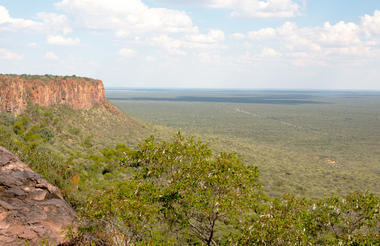
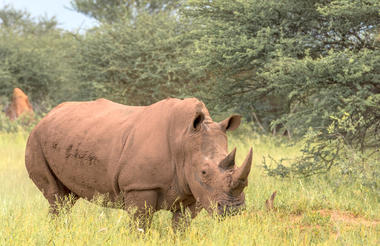
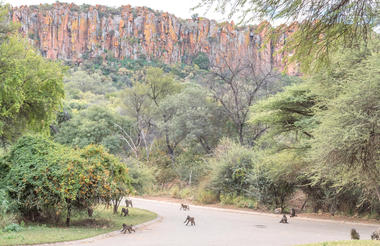
Travel via the town of Okahandja, situated north of Windhoek. The town is well known for wood carving markets and the Maherero festival which occurs every August. Continue onto Windhoek for your last minute shopping, make your way to the Hosea Kutako International Airport where your departing flight awaits you.







